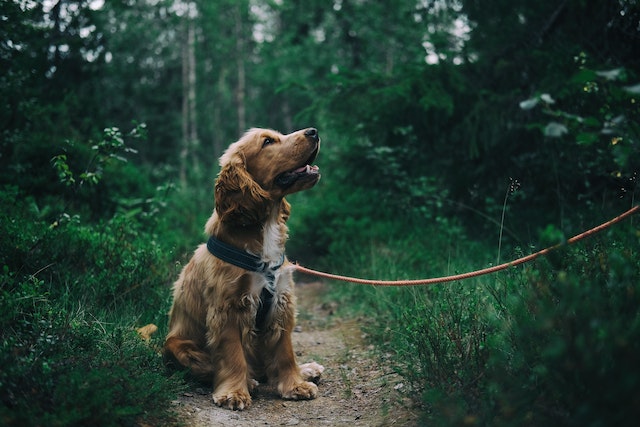A raw food diet is the best choice for your dog because it mimics the diet they evolved to thrive on. It is important to gradually ease your dog into a raw food diet, as sudden changes can cause stress. Below are helpful tips for transitioning your dog to a raw food diet.
Weigh Your Dog
We recommend getting your dog's weight before starting a new raw dog food diet. For two reasons, this is the case. Your dog's ideal food quantity is calculated from its current body weight. Second, you can use it to establish a standard weight for them.
Keeping tabs on someone's weight increase or loss becomes less of a guesswork game when you have a starting point to compare to. Find out if they need to gain or lose weight before starting the raw food diet.
Determine the Amount You Need to Feed the Dog
It is better to think from the perspective of guidelines than regulations when determining how much dog food to give your pet. The quantity you feed your dog changes as it goes through different stages of life.
The suggested amounts we provide are not hard and fast rules but rather a starting point from which you can assess what is ideal for your dog at this time.
You could adjust your food based on the following variables:
- Health status
- Ppregnancy/nursing
- Medication
- Weather changes
- Activity levels
- Weight gain or loss
Introduce One Protein at a Time
One protein at a time with no additives is best so as not to tax a dog's digestive system. As an added benefit, you can identify any early signs of food sensitivities as you introduce raw dog food. Consider this a chance for your dog to take a moment to regroup and get a fresh start.
Once you have provided your dog with a full range of protein sources, switching up the protein source can help them absorb more of the food's beneficial compounds. Whenever possible, switch things up.
When your freezer space is limited, weekly preparations might be challenging. It is up to you to determine the best course of action—each time you make a change, which may be every month.
Alternatively, you might stock up on a few different proteins at the start of the month and switch between them daily. Discover what works best for your dog, but remember that the essential thing is that they are eating a varied diet throughout time.
Focus on the Foundational Elements
Once you have made the switch to raw dog food, sticking to that diet's basic principles should be your top priority. Nutrient deficits might develop if a healthy balance is not maintained over time.
Bone, organs, and muscle meat are the cornerstones of a raw-fed diet and must be provided daily to a dog. Bone is a good source of calcium, which complements the phosphorus in meat.
All sorts of minerals and vitamins can be found in the organs, making them nature's multivitamin. Except for the bones and tripe, every item in our shop has the essential nutrients your dog needs.
Further Tips for a Smoother Transition
- Before switching your dog's diet to raw dog food, it is best to fast him for one complete meal. That way, their digestive system is reset and cleansed when they alter diets.
- Feed your dog at room temperature.
- You must always offer your dog access to fresh, filtered water.
- Avoid complicating matters while making the change. Put away any extra vitamins, minerals, or snacks.
- Slippery elm or goat milk might be used as a stomach prep for dogs with extremely sensitive stomachs.
Final Thoughts
When switching to a raw food diet for your dog, it is necessary to remember that you know them the best. The "right" technique to change your dog to a raw food diet is irrelevant. Each canine is unique, just like each human being is.
Follow these broad transition recommendations as a starting point and make adjustments as necessary. Your dog believes in you and will respond positively to your upbeat attitude. This is a long-term commitment, but in the end, your dog will be healthier and happier for it!





